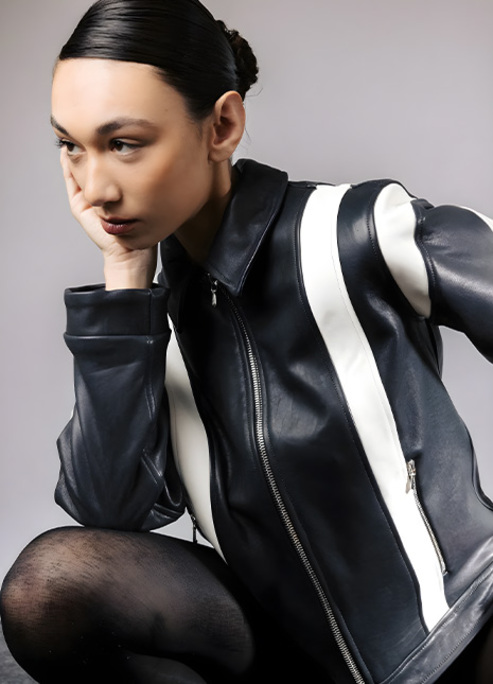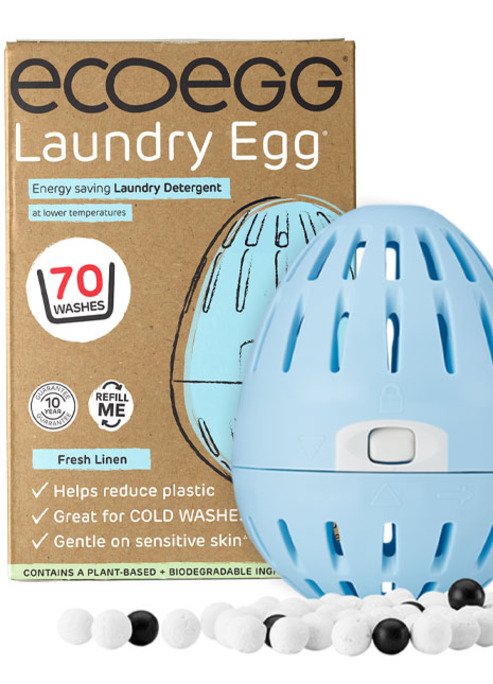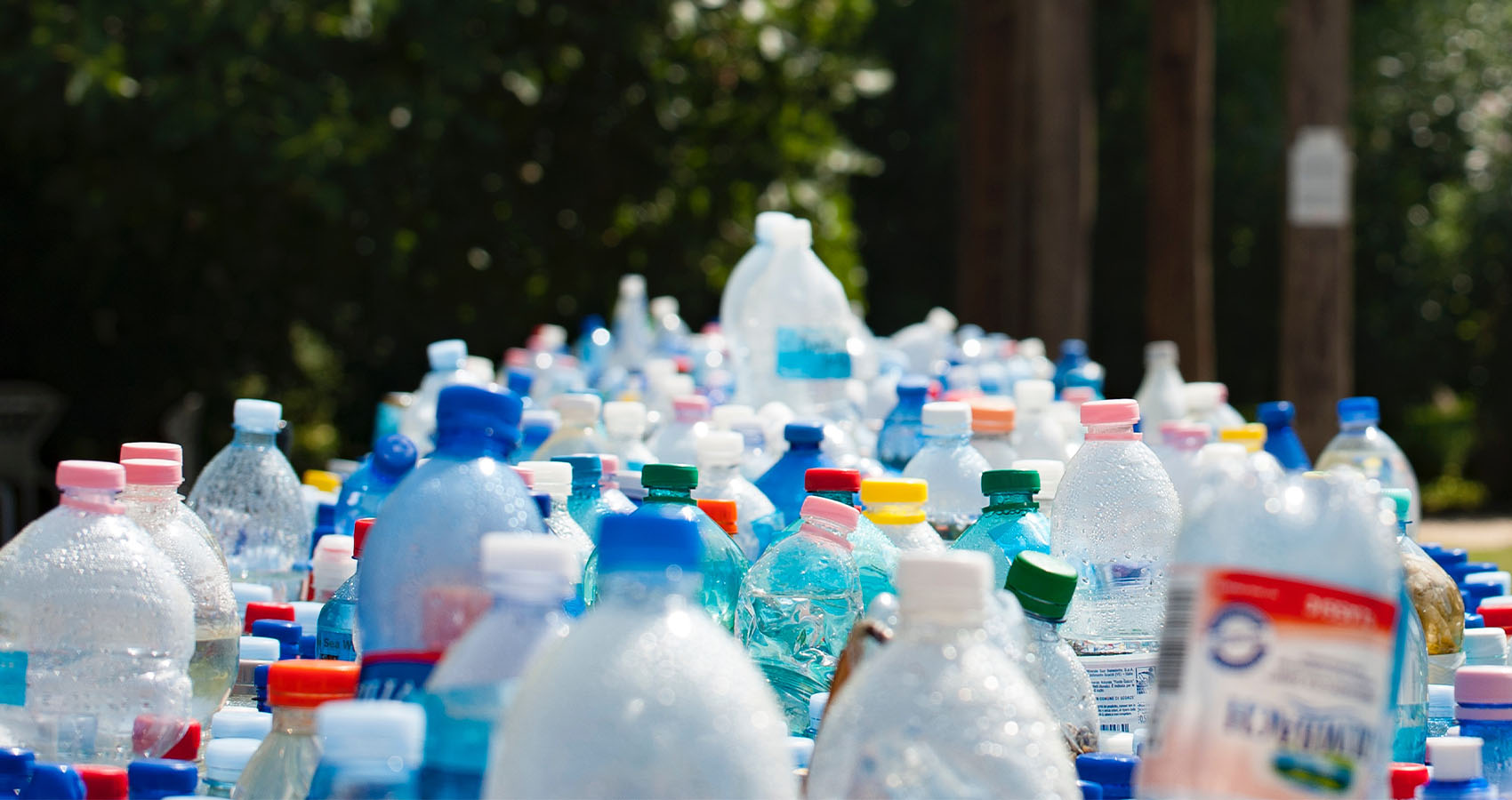
Plastic Free Under Covid
300 million tonnes of plastic waste produced each year, less than 10% will be recycled.
In 1909 the first adverts for Bakelite were published carrying the tagline ‘the product with a thousand uses.’ Leo Baekeland’s creation was durable, cheap to produce and heat-resistant. But the main selling point of this polymer-based substance was that it was completely synthetic and output wasn’t dependent on successful rubber harvests. Baekeland called his creation ‘plastic’ and the wunderstuff was soon appearing in every household as telephones, doorknobs and wire insulation. Plastic made our lives cheaper, cleaner and safer.
Today plastic is in everything from the lycra in our knickers to the laptop I am writing this piece on. But plastic’s biggest advantage is also its greatest flaw; it never decomposes and is polluting our oceans one polyethylene terephthalate bottles at a time. The Coronavirus pandemic has accelerated the reliance upon single use plastics in packaging, food and drink containers and of course gloves and masks. Its disposability has become synonymous with safety. But of the 300 million tonnes of plastic waste produced each year, less than 10% will be recycled. The obvious remedy is to reduce of our consumption, so I decided to take on the plastic-free July challenge and see if I could live without polymers in the Covid age.
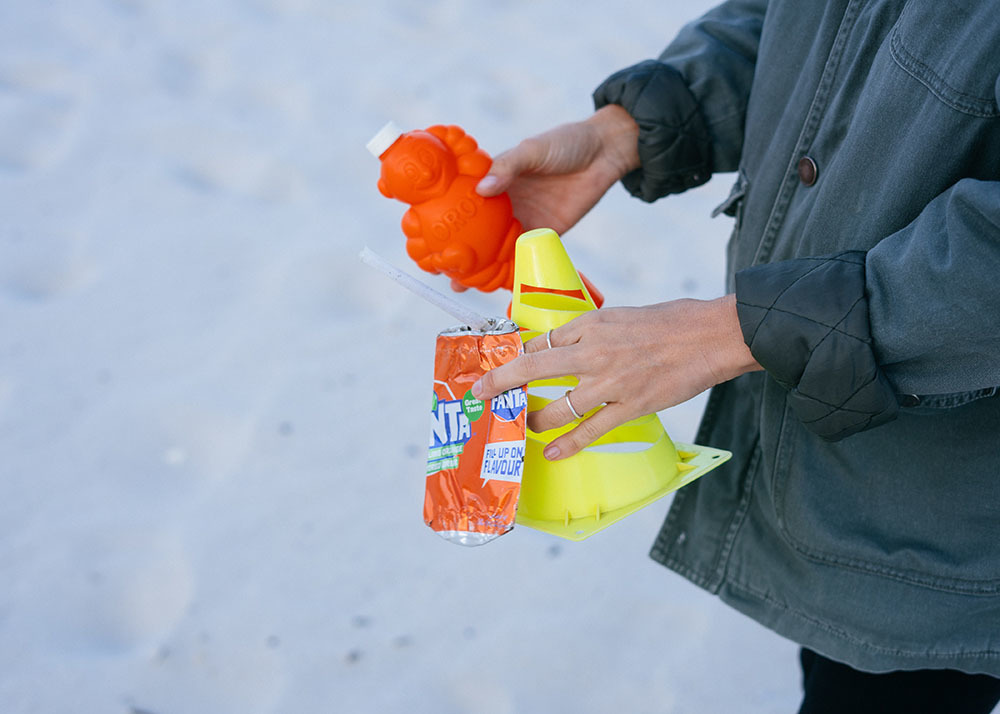
Going plastic free took some preparation. First stop was to stock up on groceries, with my usual tins and boxes presenting no problem. I swapped my usual margarine tub for a block, got sugar and flour in paper bags, bought sunflower oil in a glass bottle and filled woven produce bags with loose apples, broccoli and other greenery. The first obvious hurdle was finding protein products not nestled in phthalates trays. I’m vegan but most meat products come in similar packaging. Some rummaging revealed that Fry’s burgers, hotdogs and fillets come in cardboard, as does some of the ‘Like Meat’ range.
My local packaging-free store called ‘the source bulk foods’ allows you to dispense your own dry goods and pay by weight. Foreseeing a lot of cooking, I bought lentils, dried beans, dehydrated soya chunks and sunflower mince along with other staples like rice and pasta. It was time to say toodle-pip to polymers.
My first day of plastic-free living commenced with a zero-waste shower. I’d dispensed my own shampoo, conditioner and body wash and scrubbed my face with bar soap. Then came the paragon of plastic-free-living, the bamboo toothbrush, which I used with old-school toothpaste tablets. For moisturiser, I dabbed on some sunflower oil and instead of my usual serum, I ran some argan oil through the ends of my hair.
Like most of us, my routine had begun to include Covid safety items. It is estimated that worldwide 69 billion units of gloves and masks were used each month in 2020. As the common blue surgical masks are made of polypropylene while gloves are made of polyvinyl chloride (PVC), invariably some of these petroleum-based items end up in landfill which spreads to our waters. While the need for PPE remains unwavering in hospitals and medical facilities, there are viable domestic alternatives. I swapped disposable masks for reusable fabric ones and donned cotton gloves at petrol stations and supermarkets. Instead of swabbing handles down with prepackaged wipes, I made my own, by soaking reusable kitchen towel in a Tupperware of disinfectant. Plastic-free hand sanitizer was a bit trickier, at first I cheekily siphoned off a small bottle from the supermarket’s dispenser, but quickly found some in glass jars online.
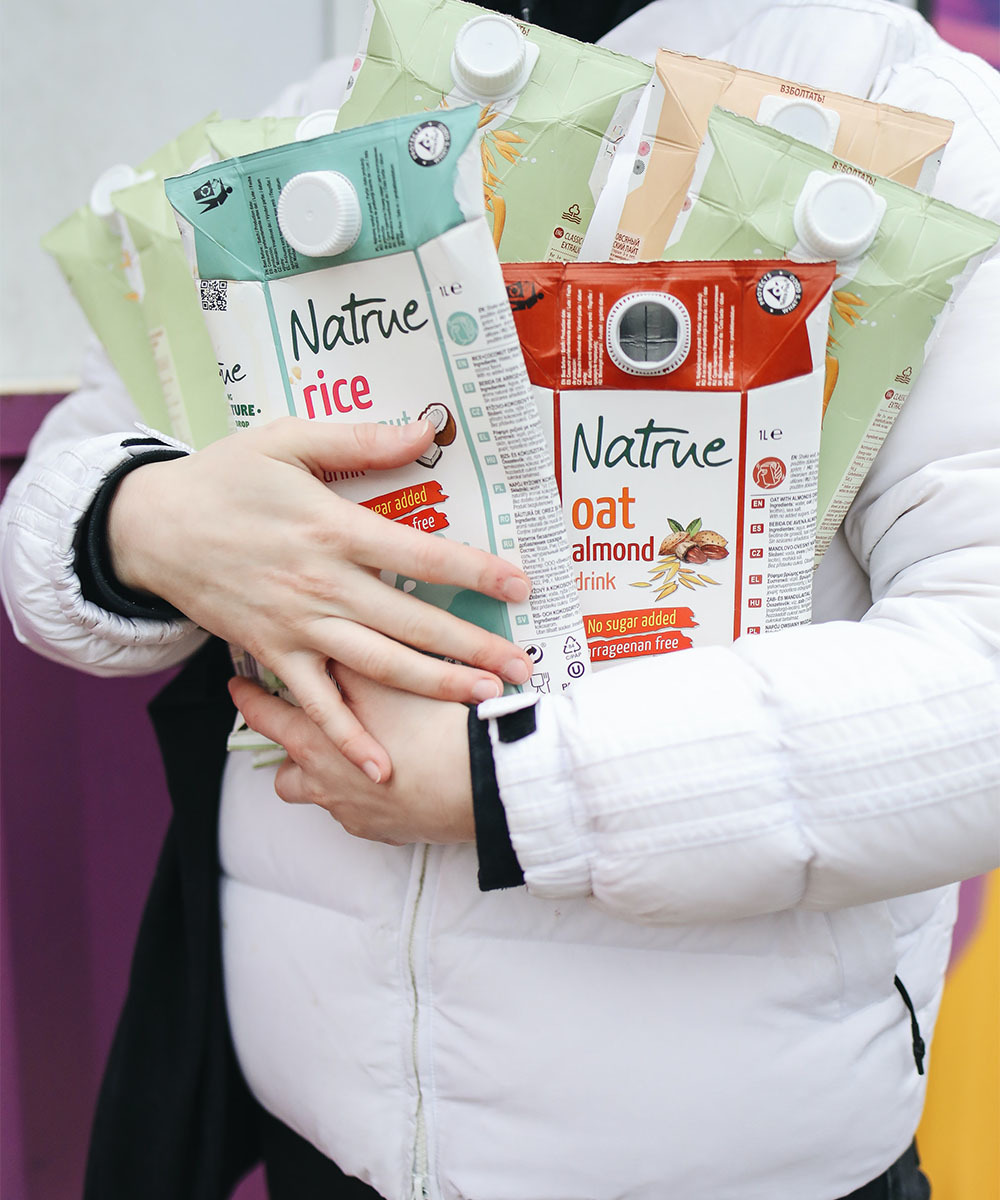
Next came breakfast, which was chia pudding with banana. As plant-based milk invariably comes in plastic bottles or plastic-topped tetra packs, I made my own oat milk, feeling very worthy as I saved the pulp for flapjacks. I then packed my lunch of salad with vegan schnitzels in an aluminum lunch box, grabbed some utensils, filled up my aluminum water bottle and headed to work. Plastic free living had begun!
During the first week, I felt like plastic was stalking me. It popped up in crisp packets, announced itself in security tags and appeared in envelope windows. While cooking dinner on my first night, I realized my bouillon powder had a plastic lid and was horrified to learn my chewing gum contains polyethylene. I accepted there would be no pre-packed cake slices this month and thought longingly of yoghurts. But I was on a mission and the desire for a strawberry Alpro was not going to scupper me.
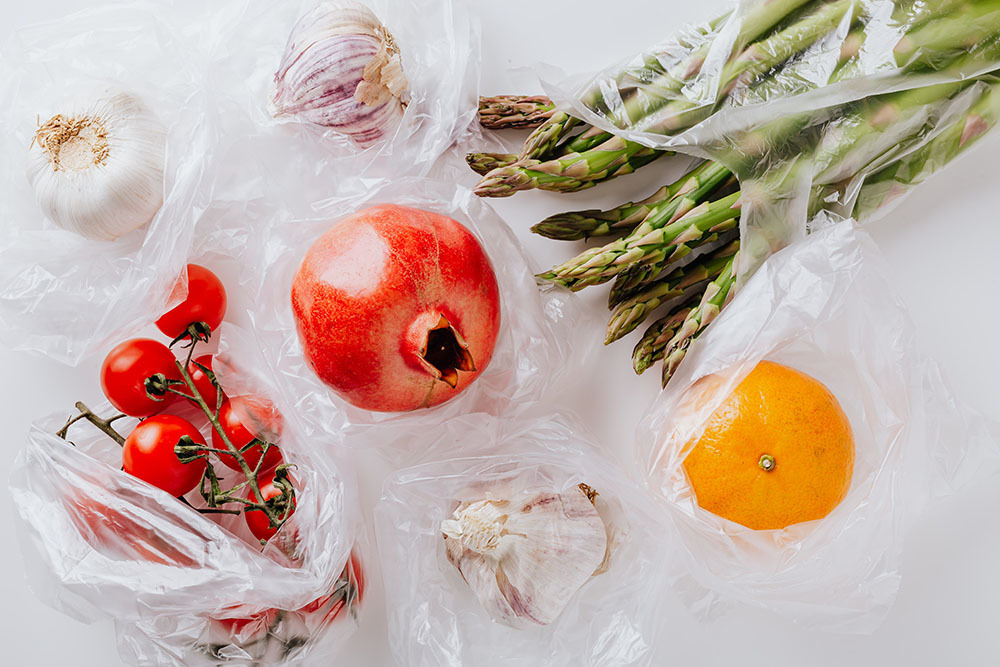
Gradually, plastic free life became easier. I found a greengrocer which stocked loose salad leaves, always carried a stash of cotton tote bags and found my high street’s array of Arab shops stocked handy tins of stuffed aubergines and lentil stew. These shops were also invaluable for items like almond oil and black seed soap in sustainable packaging.
One of the biggest challenges to plastic-free living was medicine. Finding plastic-free tampons was easy, but painkillers not tucked up in blister packs were nowhere to be found, even at a Chinese herbalist. Eventually I used raspberry leaf tea for menstrual cramps and tiger balm for head and backaches, neither of which rivalled paracetamol. Apparently popping out each individual pill is an overdose prevention measure, which made me a little less resentful.
My attempts at going without plastic put me in some odd scenarios, such as taking my own container to a sushi restaurant and requesting a single dry cone from the ice cream van. I needed it for the horn of a unicorn birthday cake. Stationary was also a struggle, with Biros, highlighters and sellotape all containing plastic. I invested in some paper tape and took to writing with pencils, until I found a fountain pen converter which allowed me to forgo ink cartridges. However, plastic binder pockets, printer ink and laminating pouches were things I couldn’t go without at work.
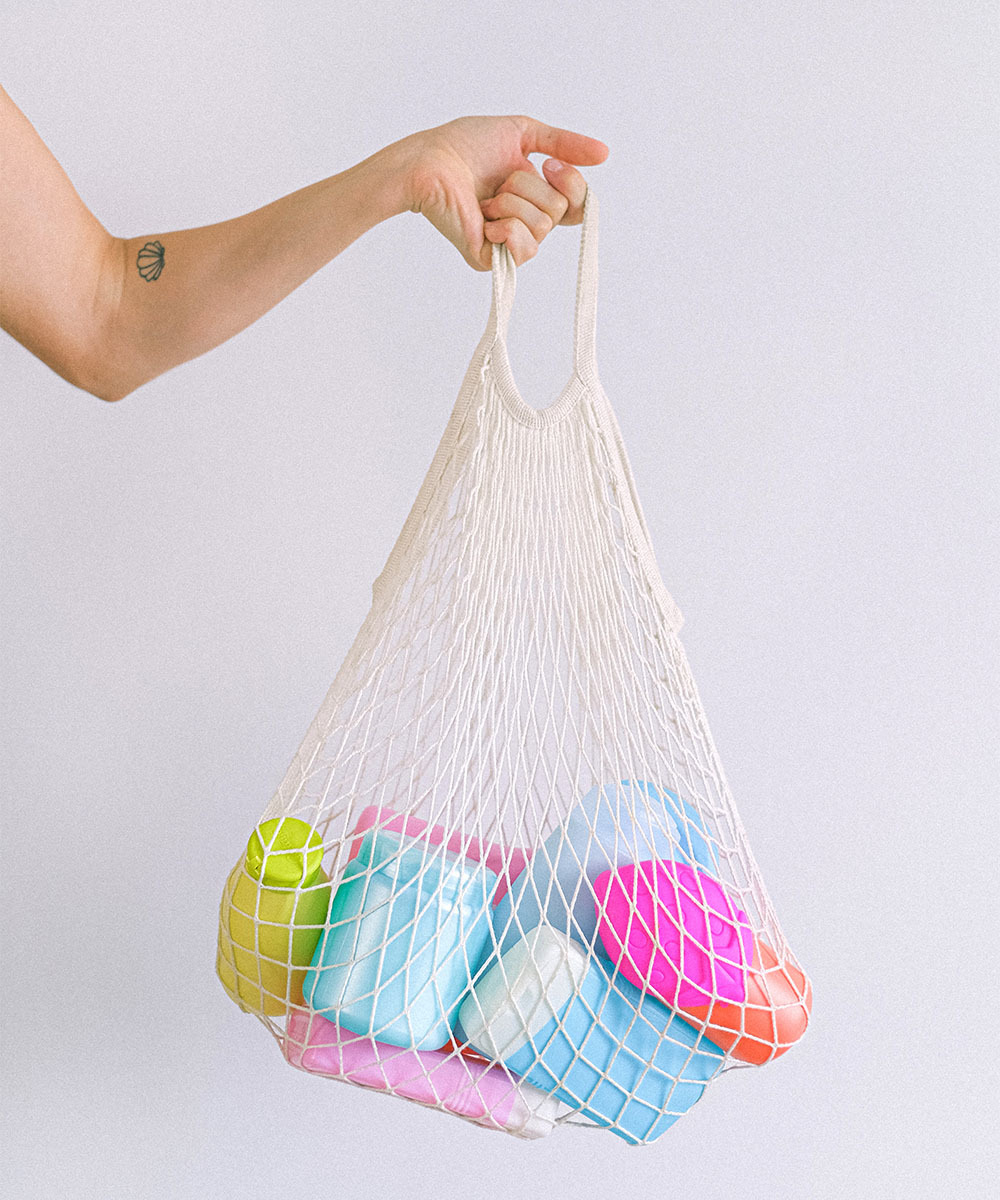
I was also missing my usual toiletries, despite being blushingly low maintenance. A little surfing will return several amazing zero-waste toiletry companies, which were alas, outside my budget. Instead, I went down the DIY route; washing my face with gram flour, toning with diluted witch-hazel and finishing off with almond oil. My toothpaste tablets weren’t cutting it, so I made my own. My dandruff flared up, so I attempted a rose-water rinse. When this didn’t work, I made my own shampoo by boiling up coal-tar soap, which only eased symptoms, and fresh aloe vera wasn’t shifting the patch of eczema on my face. But, with the bigger picture being preserving the planet, itchy skin seemed a rather paltry gripe.
As the month wore on, I got into a routine with cooking from scratch, buying plastic-free and insisting that the kind man at the veg stall didn’t bag up my potatoes. I also got better at asking lids to be left off drinks in the cinema and shunning Subway’s plastic cutlery. It is estimated that UK takeaway orders increased by 42% during the pandemic, so I researched how to order in without selling out. It transpired many takeaways could be tweaked to be plastic-free, leaving off the pizza saver and asking my local burger place to forego dips for example. Chipotle turned out to be ideal for plastic-free dining, while all of McDonald’s boxes, cartons and cups are cardboard. When I discovered my high street Chinese uses foil trays I did a little happy dance.
However, plastic was still trying to creep in, cameoing as films inside ice cream tubs or seals around jar lids. The one-time plastic absolutely couldn’t be avoided was when I visited my friend Margaret in a hospice. After taking my temperature, the nurse handed me disposable gloves, a blue mask and a plastic apron, which I willingly put on.
By the end of the month, I was sick of cooking, my pen had leaked, and my natural sunscreen had failed to keep me from going crimson. But going plastic-free was completely worth it. This is not yet a lifestyle of convenience, nor is it cheap at the offset, but once you have the tools (containers, sanitary wares etc.) it becomes routine. I spent July feeling part Womble and part mad alchemist as I scavenged every container in sight and mixed up my own toothpaste with coconut oil, baking soda and peppermint extract.
It was interesting to see how so many plastic-free hacks are simply a reversion to bygone times such as replacing razor blades. I’ve discovered I can do without numerous on-the-go items and I have a newfound respect for lemon juice as a cleaner. However, while we can drastically reduce our individual plastic consumption, the shift needs to start from the top down. Our supermarkets, online stores and beauty retailers need to rethink their packaging, while our eateries must invest in sustainable containers to stop these single use items from piling up. As for me, I have vowed to avoid plastic bottles, keep taking lunch to work and consciously limit my polymer consumption. But having completed a month without Vegenaise, mascara or balloons, my approach to plastic will be a little more flexible.



